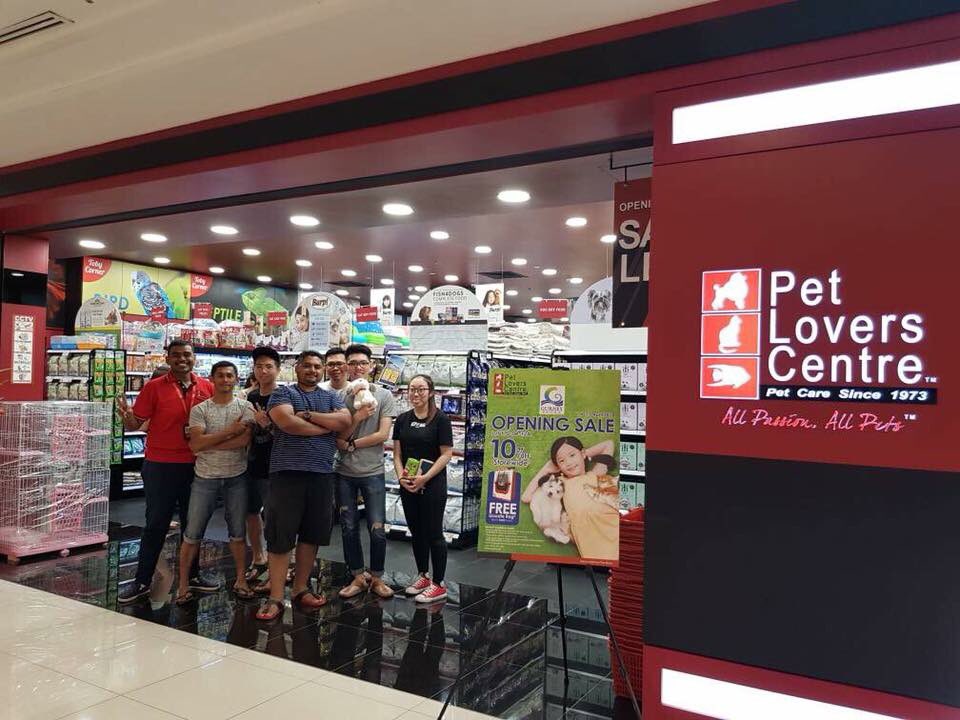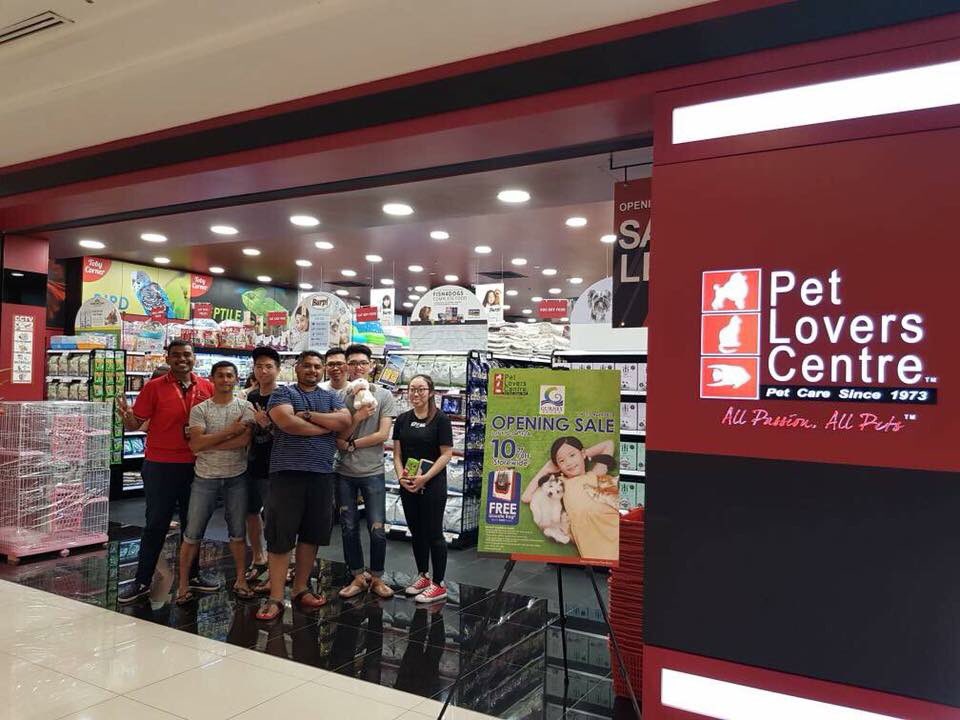Localisation: Its Importance & How to Do It Flawlessly
Imagine this – your carefully conceived social media campaign personified as a singular entity. Your business aims to use it to spearhead expansions and penetrate certain regions. Based on the characterisation of the campaign would the locals in these regions welcome it with open arms? Is it likely to resonate with them? Does it speak their language? Does it hit the nail on fulfilling the local community’s needs while also reaching business objectives? Has it undergone enough localisation?
“Why does localisation matter?”
Localisation is essential to multinational brands, especially when trying to penetrate various markets across various regions through social media. Often a point where businesses struggle with, it is usually tempting to precariously use just one social media strategy across multiple regions. However, this lack of consideration for region-based communes will likely lead to undesirable results. Without it, you not only lose the key to customer retention and loyalty, but also an opportunity to expand your customer base.
Localisation helps you resonate with target audiences across different countries and cultures. A well-placed localisation strategy will enhance a customer’s experience with the brand and allow you to communicate your message effectively while maintaining your brand identity.
Getting this right enables a company to truly resonate with its new target markets and meet its customer needs effectively. In turn, a successful localisation strategy will mean your potential customers will feel connected and familiar with your brand.
Based on “Can’t Read, Won’t Buy” published by the Common Sense Advisory, it clearly shows the importance of localisation by highlighting how people stray away from the thought of spending their money on products advertised in non-native languages. Here are some significant numbers that the study highlights:
- 65% of subjects prefer content that is published exclusively in their native tongue even if it’s poor in quality
- 73% of subjects affirm that only want product reviews in their language
- 40% of the subjects will not purchase a product that is not in their language
Another very important piece of data that puts the above numbers in perspective is the fact that only about a quarter of the people in the world speak English to a certain degree. As a result, not localising your content, along with your social media presence, causes you to miss out on a significant amount of exposure and revenue.
“So… localisation is just properly translating everything to their native language, right?”
Wrong!
Translation, as a linguistic process, transposes meaning into another language by following the common linguistic standards of the target language. Localisation, on the other hand, goes beyond serving the people that speak a particular language, it also uses cultural elements and the local linguistic standards as its guide.
It’s a mistake that people often make more than not. While both translating and localisation share a vast set of similarities, it’s important to underline their vast differences. While both processes aim to translate meaning from one language to another, the central difference is who or what the text is adapted for.
“I see. Localisation is not just translating, and it matters a lot. But where should I start?”
A localization strategy should incorporate the following three main criteria:
Criteria 1: A comprehensive understanding in the local audience’s behaviour and nuances
After deciding on the markets you want to penetrate, you’ll have to create the content and market messages that are appealing to them. Once you’ve determined how strong the market opportunity actually is then you’ll have to start with consumer focus research.
The best way to do this is by working with a local partner or having someone physically, which will help you get accurate information, a properly localised walkthrough of the local community and authentic feedback.
Local partners can help you determine whether there’s a demand for your product, which brands are your main competition, how people purchase within that country, in addition to the key cultural differences to pay close attention to. Getting a handle on who your local audience is and what they expect is the most important part of your strategy because it’s what will provide the structure for everything you do after.
A good example of proper localisation would be the #SomebodyLikeMe, Durex’s collaboration with Social Grooves. The campaign was the Malaysian version of Somebody Like Me, Durex’s global CSR campaign. Due to Malaysia’s taboo and sensitivities surrounding sex and conservative culture, both Durex and Social Grooves had to tread with caution before proceeding with all aspects of the campaign.
The result was a successful campaign that was able to reach out to 400,000 Malaysians nationwide, engage with approximately 10,000 of them on HIV and AIDS, netted a 3-page cover on the Star, empowering people who are currently living with HIV. You can read more about it here.

Socialgrooves.com X Durex: #SomebodyLikeMe was the successful Malaysian localization of Durex’s global CSR campaign ‘Someone Like Me’ amidst the lack of social awareness in Malaysian Sex Education.
Criteria 2: Understanding how your competition influences the local audience behaviour
It’s easy to dismiss the intimidating thought of trying to stand out in an oversaturated market, but for us this simply means a strong thriving market. Study this market to conceive creative and eye-catching ways to stand out by filling in gaps that customers want but brands have not caught up with yet.
Since we are in the scope of social media, it is important to note that localisation doesn’t necessarily elicit radical product changes. Using social media to quickly provide better customer support or more reliable processes will help build that all-important trust element thus enriching business-community relationships. The customer experience is key to having someone buy from your global brand and edge competitors.
Pet Lovers Centre X SocialGrooves : Expanding to Malaysia from Singapore has entailed a flawless localisation transition which includes proper social media Community Management which has helped solve countless customer issues in Malaysia.
Photo Credit: Pet Lovers Centre MY Twitter
Criteria 3: Maximising localization which caters to each foreign market
Despite “Can’t Read, Won’t Buy” stating that 67% of people tolerate mixed languages, it’s best to just maximise the translation process. Translating your content, marketing messages, and even considering different social media accounts will allow you to speak to effectively communicate with your new markets.
Simply translating from English to a new target language won’t always incorporate cultural nuance. Having grammatical errors or wrong phrases may offend certain parts of the target market. There is also imagery translation, and multilingual SEO. It’s these types of in-depth localisation efforts that win you favor in your local markets and help you fit in with your audience.
A huge example would be McDonald’s. One of the most successful fast-food chains in the globe, it has managed to uphold a similar standard across the entire globe thanks to its ability to cater to the individual needs of customers in unique markets.
For Malaysia specifically, it goes beyond knowing how to write in the Malaysian language, but localising its range of products to fit the needs of the population. One shining example of this is all McDonald’s products have to be certified halal to meet the dietary requirements of the large Muslim population (in which they have flawlessly executed).
Without understanding the nuances of the market you’re about to enter, it’s near impossible to produce an effective localisation strategy, instead carrying the risk of your brand being insensitive or tone-deaf.
Honda Almost Had The Worst Named Car in Sweden – In 2001. the Honda Jazz was initially named the Honda Fitta in the Scandinavian country, but unfortunately translated to a woman’s genitalia.
Credit: https://unsplash.com/photos/UcFVVAan25w
“I now know how much localisation matters. Will I get quick results if I start now?”
When going across multiple regions, localisation sits at the top of the list when it comes to meeting the needs of your customers. Before you begin, the most important step you can take is testing your localization strategy to determine what you’re doing and what you need to do in each foreign market.
Always keep in mind that building trust with new audiences takes time. Don’t expect your localisation strategy to be an overnight success. If you’re seeking a partner to help accommodate your localisation goals, you’ve come to the right place here at Social Grooves, one of the top agencies for digital marketing in Malaysia. If you’re interested, let’s collaborate!





